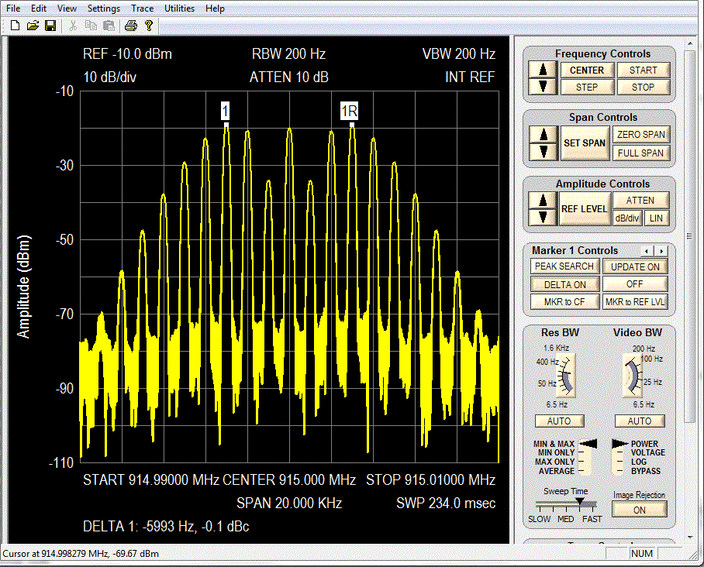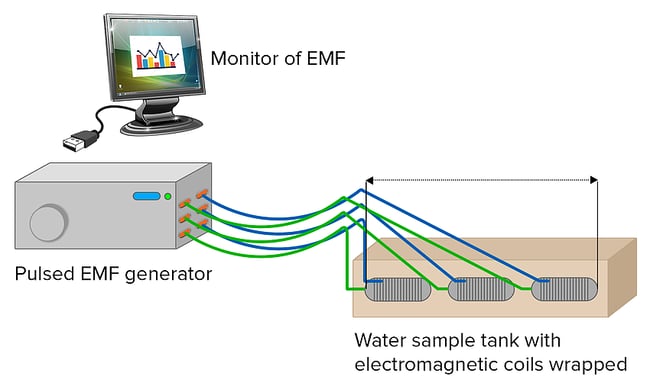What is Dry Deposition?
Dry deposition is the settling down of pollutants (including particulate pollutants and aerosols) present in the atmosphere onto a ground-level surface. Most often, this deposition is absorbed by the soil or vegetation.
Dry deposition is responsible for the clearance of 50-66% of pollutant particles in the atmosphere.
Figure 4: A graphical representation of the natural process of dry deposition of particulate matter occurring in the atmosphere.
Figure 5: Under the influence of Pure Skies technology transient weak dielectrophoretic forces are created, which accelerates the particulate matter causing them to collide with one another, agglomerate, and clear out from the atmosphere, faster.
Dry deposition happens 24x7, both indoors and outdoors. A common example of dry deposition that we are all familiar with is the layer of dust that settles on the surface of your car if it is not washed for a few days.
Figure 6: An example of dry deposition in action. Dust settles on an unwashed car left outside over a period of several days.
In air pollution control, several technologies utilize the basic principles of agglomeration and settling – two actions that are a key part of dry deposition – to accelerate the clearance of particle pollutants in flue gases emitted from industrial processes. Gravitational settling units (by gravity), electrostatic precipitators (by ionization), and cyclone dust collectors (by centrifugal force) are common examples in everyday use.



